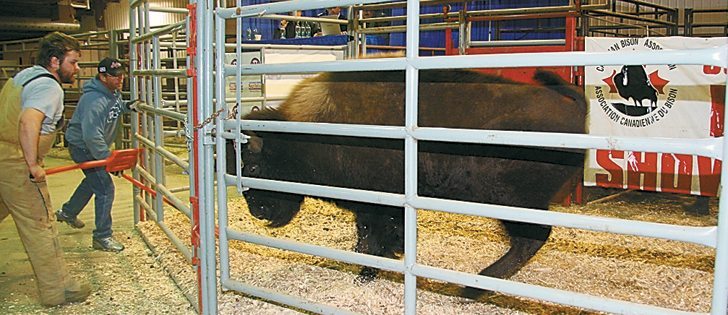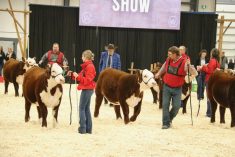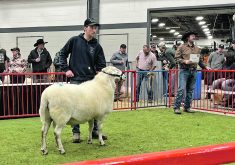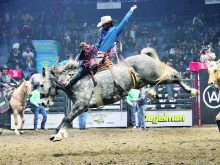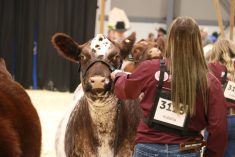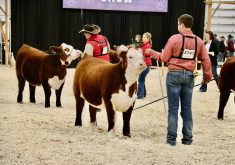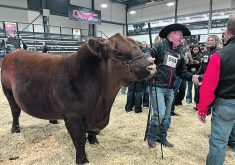Two sales to American buyers topped the 20th annual Canadian national bison sale held during Canadian Western Agribition Nov. 20.
The top seller was a two-year-old half-Wood bull consigned by Silver Creek Bison of Binscarth, Man., which went to DD Buffalo of Woodland, Utah, for $20,000.
A yearling Wood cross bull from Irish Creek Bison in Elk Point, Alta., sold for $15,000 to Rex Snyder of Lyman, Wyoming.
Mark Silzer, president of the Canadian Bison Association, said the sale went well.
“Averages on animals were down just marginally from the year before, but we had more animals in the sale,” he said.
Read Also
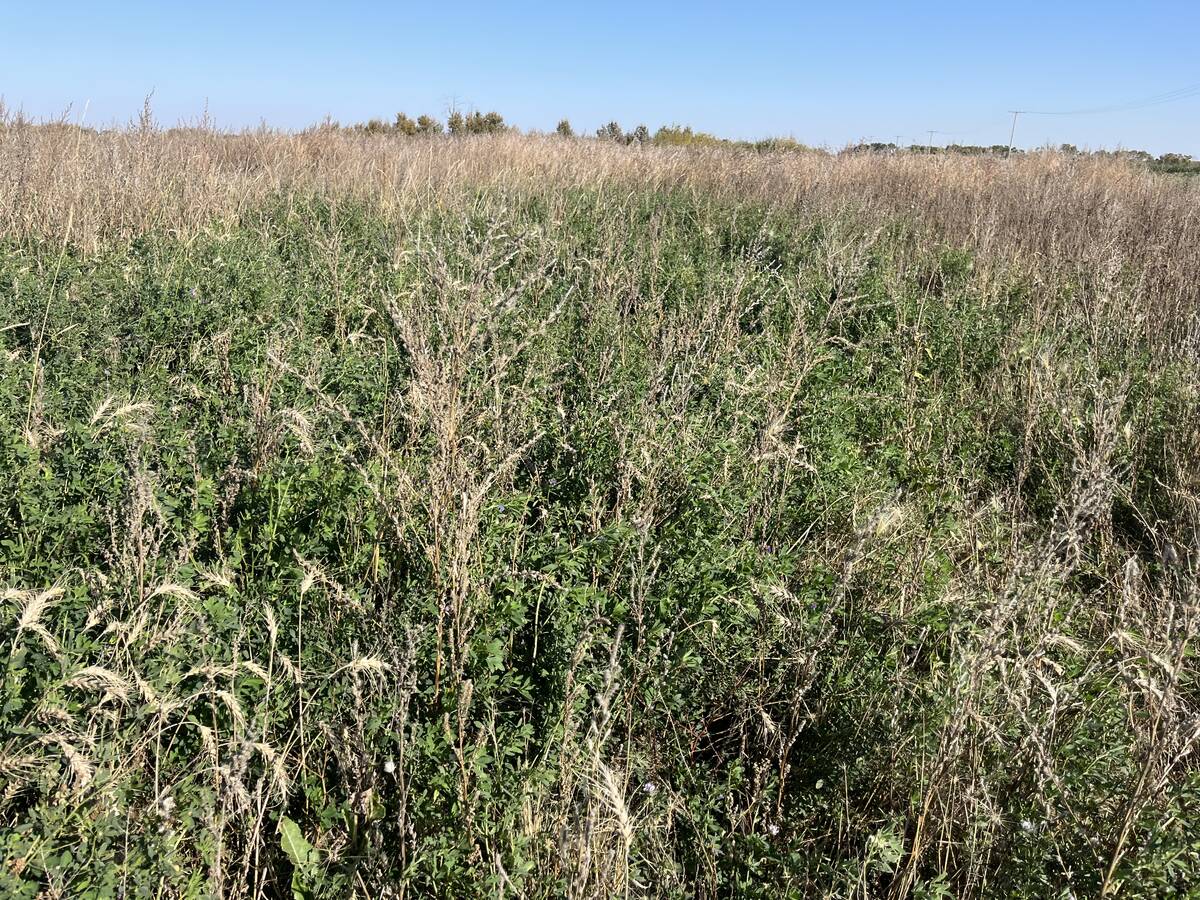
Dormant seeding forages frees up farmer time and gets ahead of weeds
Dormant seeding isn’t common practice and can appear daunting, but there are some techniques to give Manitoba farmers an edge
The sale grossed $245,350 on 68 head and averaged $3,608.09.
Some animals sold for fairly low prices, but Silzer said that allowed new producers to buy good quality animals at a reasonable entry price.
“I think that some of the higher-priced animals, some of that is a result of long-term breeders that people know,” he said. There were also first-time consignors.
“Sometimes when you get in there and you’re marketing your animals you have to pay your dues,” Silzer said.
He said the drought that hit much of the U.S. as well as parts of Manitoba and Ontario this year likely meant some producers weren’t looking to add many animals, which could have affected prices.
The 2011 agricultural census that was released earlier this year pegged the national herd at 125,142 animals, but Silzer said the number is higher.
The census is always done in May, just before the calf crop for the year is born.
He agreed bison numbers are definitely down from the high of 2006, but that year’s number reflected the fact that producers were retaining animals they couldn’t market after BSE.
“We’ve sort of got that all cleaned up and I think that what we’ve got there now is a really good base to build on,” he said.
Silzer said the CBA unsuccessfully asked Statistics Canada to break down the bison numbers to indicate the number of producing cows rather than just the total.
“If they’re using five bison to train cutting horses, they’re still included in that number,” he said.
“What we need to know for our long-term planning is what is the production side of this thing because then you can start to plan your marketing strategies.”
He said the association will likely have to find money within its limited resources to collect the data itself.
The census listed 1,211 farms and ranches reporting bison, with an average of 103 per operation. Total slaughter at federal and provincial plants was 13,260, which is half that of 2005.
Meanwhile, meat prices remain strong, which Silzer said should keep existing producers in business.


